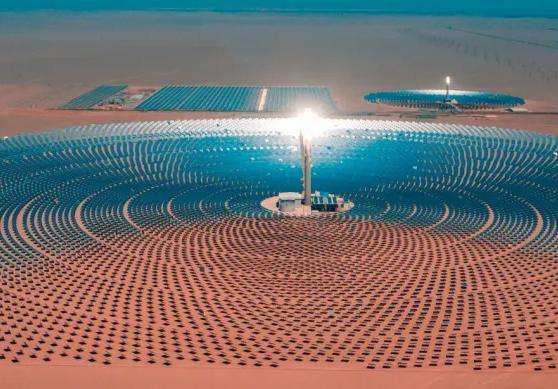1. Lifespan: Polycrystalline silicon solar cell modules are typically designed to have a lifespan of 25 years, and it is said to be up to 35 years. Judging from the bidding situation for photovoltaic franchises in recent years, everyone is generally not optimistic about the service life of thin-film batteries. Many homeowners have doubts about amorphous silicon thin-film solar cells, mainly because of their low cell conversion efficiency (5). -9%) and disintegrates very quickly, with a lifespan of only 2 to 3 years. However, the current lifespan of mainstream amorphous silicon thin-film batteries is more than 20 years. In comparison, the lifespan of crystalline silicon batteries is expected to be relatively longer.
2. Efficiency and conversion efficiency: monocrystalline silicon cells and pPolycrystalline cells are approximately 1 times superior to thin-film cells. The conversion rate of Wuxi Suntech's polysilicon cells has reached more than 19%, generally around 15. The relatively advanced thin-film battery products of First Solar in the United States have a conversion rate of 11-12%. , while regular products are usually around 7%.
3. Cost: Before 2008, polycrystalline silicon was heavily speculated and prices were high. The cost of thin-film cells was only half that of crystalline silicon cells. However, after the 2008 financial crisis, the price of polysilicon declined, reaching new lows continuously, from 50% of the total battery cost to 25%. The cost of crystalline silicon cells has also fallen significantly, while the cost of crystalline silicon cells has also fallen. The cost of layer cellsthin only fell 10% during the same period. Thin film batteries thus lose their cost advantage.
What are the differences between crystalline silicon and solar photovoltaic thin films
I think polycrystalline silicon and monocrystalline silicon solar panels are better than polycrystalline silicon .
1. Low cost
The speed of polycrystalline silicon solar panels is generally two to three times that of monocrystalline silicon, and the voltage is more stable.
2. Beautiful craftsmanship
The surface of monocrystalline silicon is the same, while the surface of polycrystalline silicon feels like there are a lot of broken glass inside, which is shiny.
The output power per unit area is higher.
(1) The output power of a 1 AC meter double-junction silicon-based thin film modulerre is about 78 Wp, while the output power of a polycrystalline silicon module of the same area is about 147 Wp.
(2) In addition to components, the cost of other supporting products is lower. Since the output power per unit area of crystalline silicon modules is about twice that of double-junction silicon-based thin-film modules, then to build a solar photovoltaic power plant of the same size, the number of crystalline silicon modules used is about half that of double-junction silicon-based thin-film modules. The consumption of electrical equipment and cables required in solar photovoltaic power plants using crystalline silicon modules is much lower than that using double-junction silicon-based thin-film modules.
(3) Reduced bulk. To build a photovoltaic solar power plant on yout with the same capacity, the number of crystalline silicon modules required is much lower than that of double-junction silicon-based thin-film modules. As a result, the floor space of a rooftop photovoltaic plant using crystalline silicon. The modules are larger than those of a double junction solar power plant. Silicon-based thin-film modules are much smaller, making solar photovoltaic power generation systems more cost-effective.
(4) The structure of crystalline silicon modules makes them easier to transport than thin-film modules based on double-junction silicon. Because large-scale ground-mounted solar photovoltaic power plants are mainly built in remote locations in different regions, it is necessary to transport by sea, land and other transportation to reach the project site. During the transportation process, the fi moduleslm based on double junction silicon (especially frameless products) due to their own glass structure, are found under the same. packaging conditions, more susceptible to chipping, which rarely occurs with crystalline silicon modules.
(5) Easy to install. Crystalline silicon modules are lighter than double-junction silicon-based thin-film modules and are easier to install on racks at the installation site of distributed photovoltaic power plant projects.














